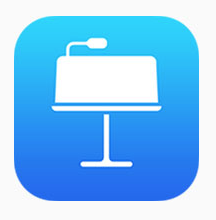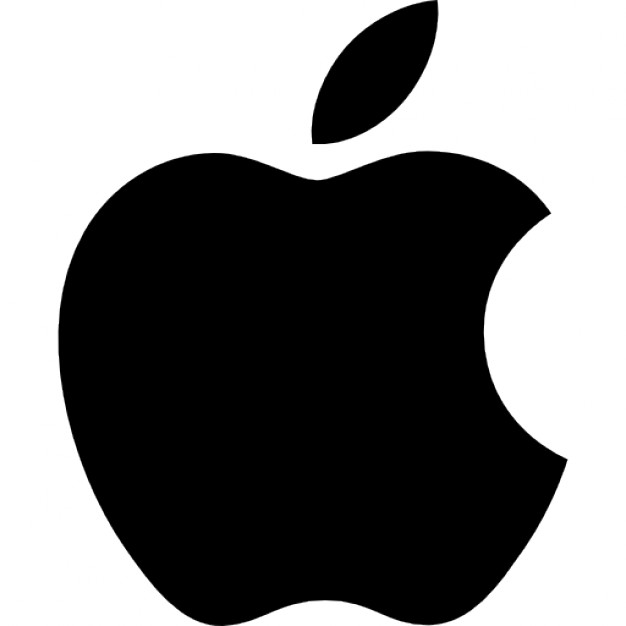How A Former Surgeon Started A $42K/Month Marketing Automation Platform
Hello! Who are you and what business did you start?
Hey Starter Story! My name is Ivan Borovikov, and I’m the founder and CEO of Mindbox. I started the company more than 15 years ago without any external funding.
Today, Mindbox is a cloud-based marketing automation platform that unites a CDP, a loyalty program, omnichannel communications, and more. Our platform works in real-time, enabling brands to run complex omnichannel campaigns, personal promotions, and web and mobile personalization using a single comprehensive tool.
We provide a B2C marketing engagement platform for businesses of any size searching for the best marketing automation solutions.
Mindbox is well-known in Eastern Europe and has experience working there with 700+ clients, including L’Oréal, Panasonic, Burger King, KFC, JBL, United Colors of Benetton, and many others.
At the moment, we are creating a new company from scratch for American customers. We are a startup in the United States and we are building a new company to meet local demands. Now our revenue is about $7K/MO in the US and year-over-year growth is around 50%. So I'm pleased to share my knowledge with the entire Starter Story...

Download the report and join our email newsletter packed with business ideas and money-making opportunities, backed by real-life case studies.

Download the report and join our email newsletter packed with business ideas and money-making opportunities, backed by real-life case studies.

Download the report and join our email newsletter packed with business ideas and money-making opportunities, backed by real-life case studies.

Download the report and join our email newsletter packed with business ideas and money-making opportunities, backed by real-life case studies.

Download the report and join our email newsletter packed with business ideas and money-making opportunities, backed by real-life case studies.

Download the report and join our email newsletter packed with business ideas and money-making opportunities, backed by real-life case studies.

Download the report and join our email newsletter packed with business ideas and money-making opportunities, backed by real-life case studies.

Download the report and join our email newsletter packed with business ideas and money-making opportunities, backed by real-life case studies.


























